With seemingly endless sights and attractions to see in the beautiful country of Peru, planning a trip there can seem like quite a daunting task, especially when you have a limited amount of time to work with. As I was planning my personal trip to Peru, I looked at the map and plotted out all the places I wanted to see—I’d need two months! With only two weeks I could take away from work, I had quite the dilemma. I had to narrow things down a bit…
Of course, you have to see Machu Picchu, Cusco, fly into Lima, and see the Amazon Rainforest. Looking at the map, Lake Titicaca, the famous lake that separates Peru and Bolivia and holds the title for highest navigable lake in the world, is clearly a bit off the beaten “tourist path”. From Cuzco to Puno is almost 6 hours by bus without stops. Going to the area inevitably adds at least another two nights to your itinerary.
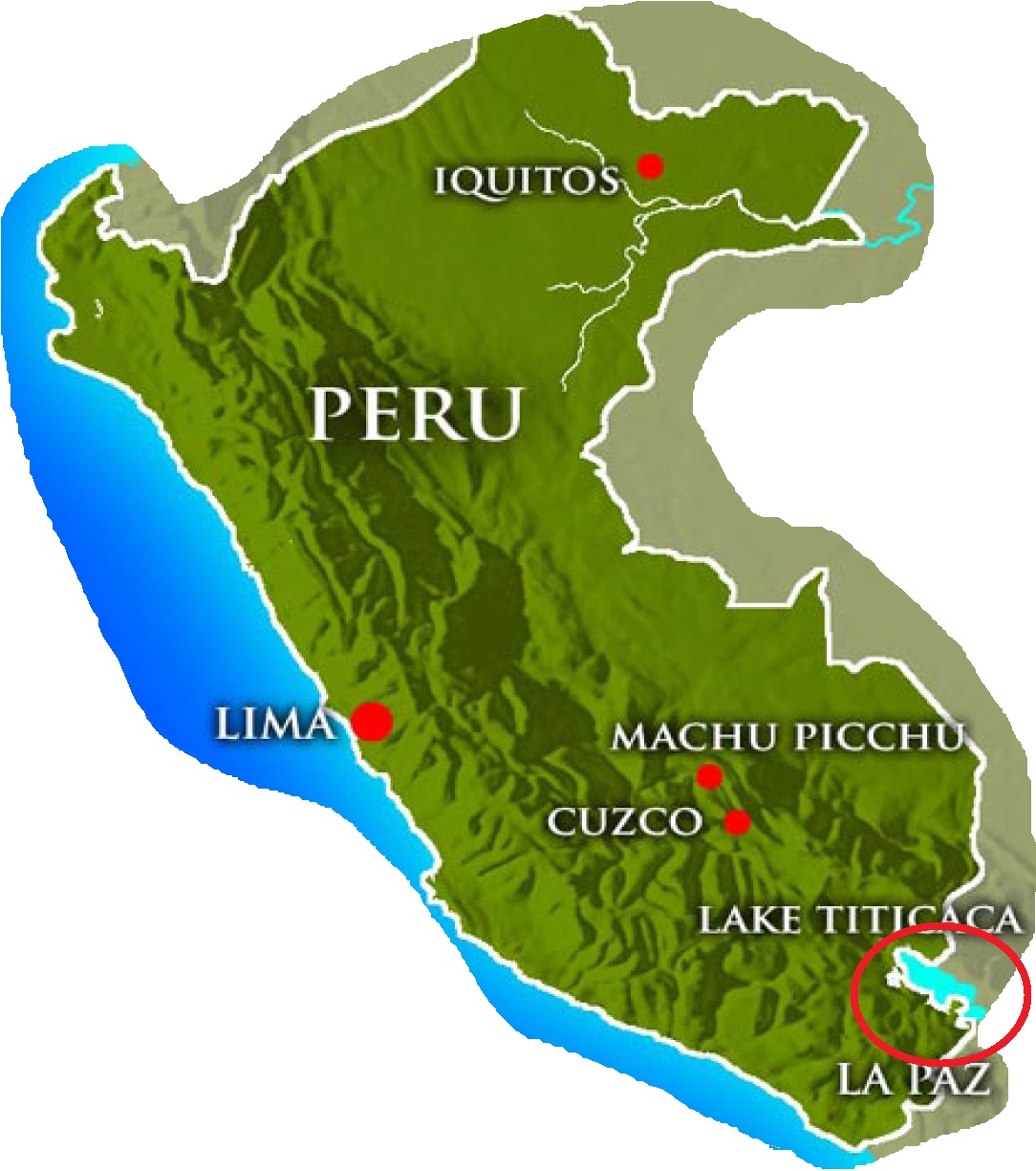
Since I’d heard about Lake Titicaca in high school Spanish class, it had always intrigued me and that’s not just because hearing the name made me giggle. So much history and story is held in the area. It’s a place unlike any other not only in Peru but in the world.
I’m beyond grateful that I chose to take the 2 nights/3 days of my trip and utilize them to explore the area. It was undoubtedly one of the highlights of my trip and, as I had (unwisely) chosen Puno as the first stop on my itinerary (I’ll explain later why this wasn’t a smart idea), the unmatched hospitality of the Peruvian people gave me a wonderful first impression of the country.
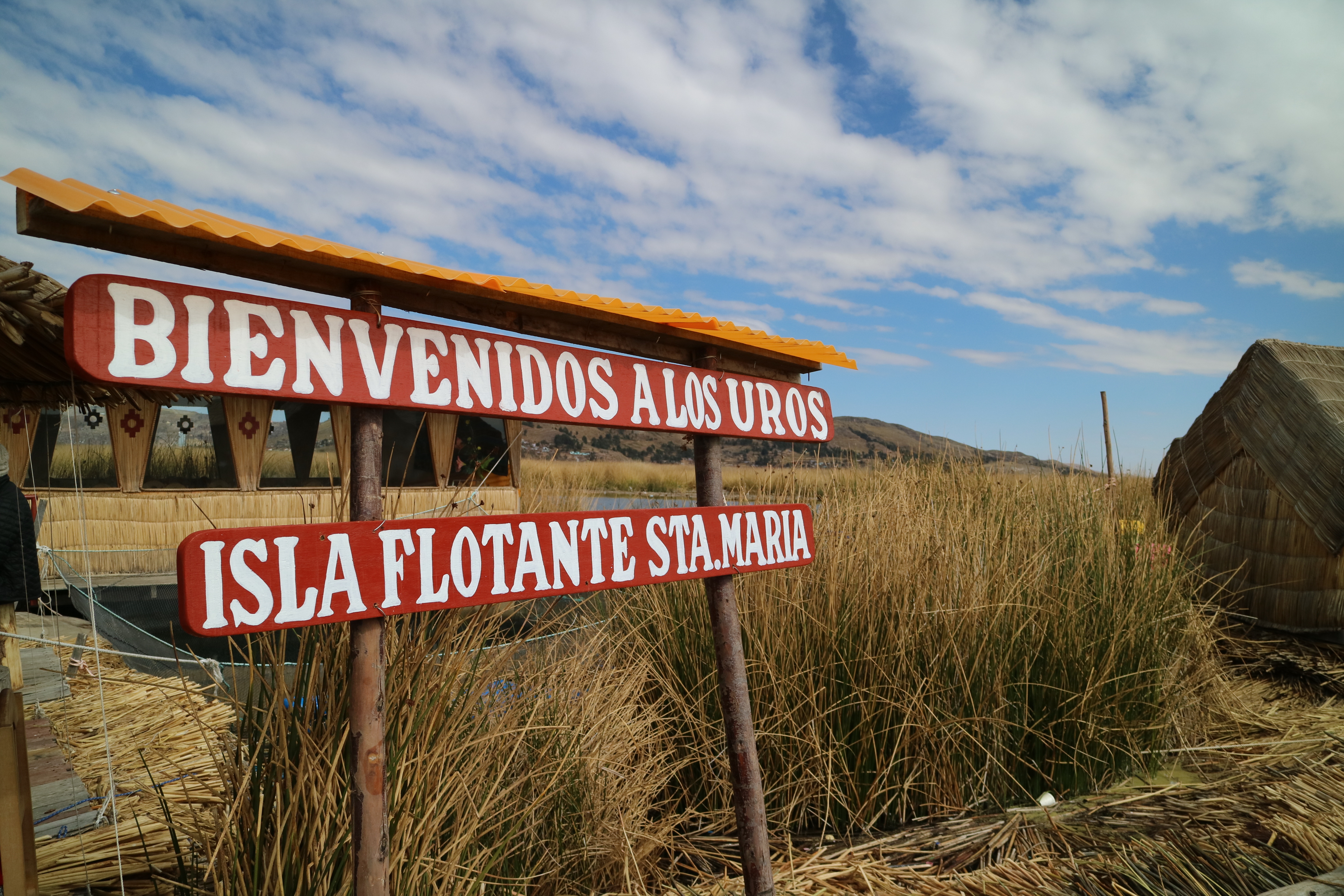
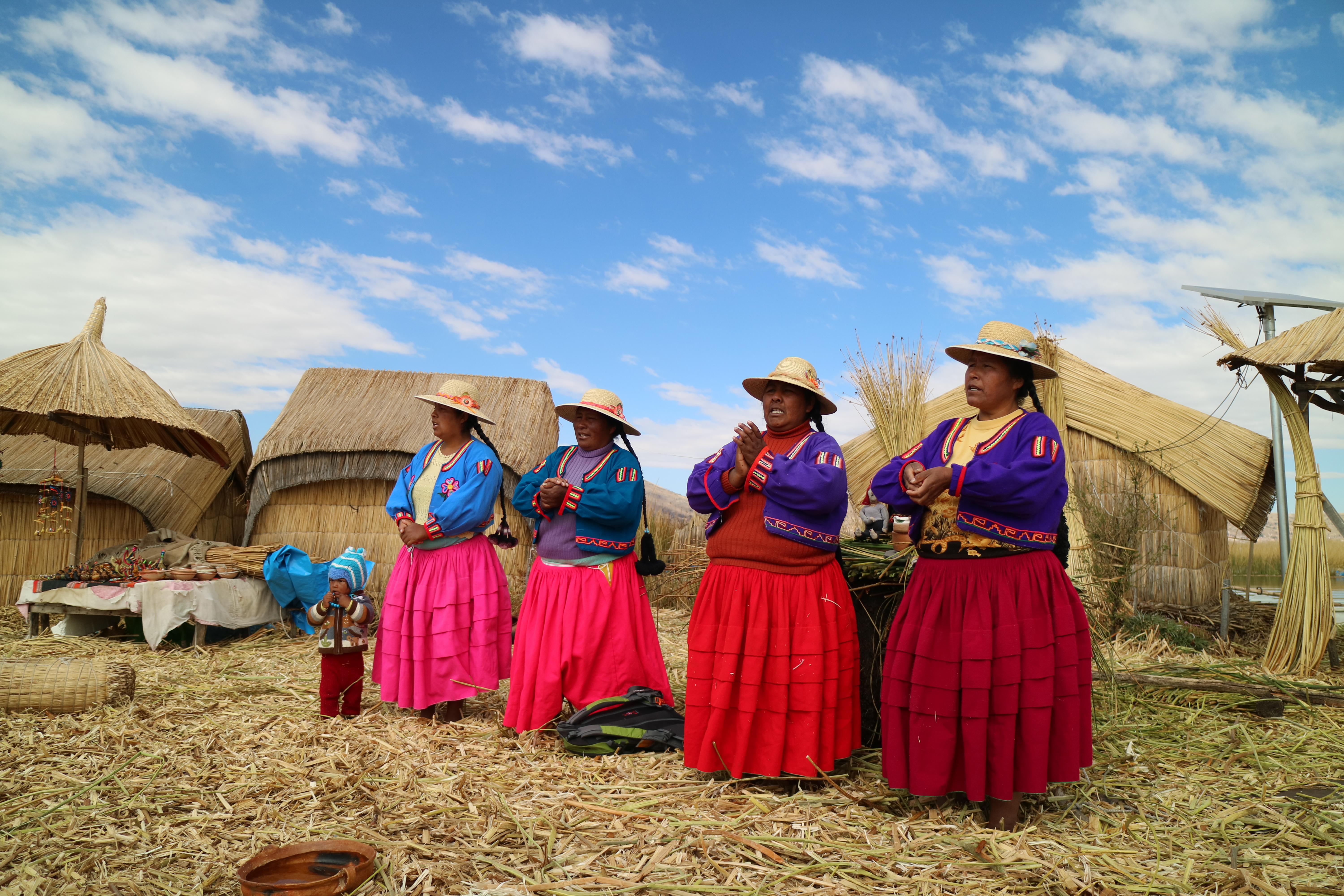
HOW TO MAKE THE MOST OF YOUR VISIT TO THE PERUVIAN HIGHLANDS
You know how above I said you need at least two nights to visit? I lied. I got extremely lucky and two nights was fine, but I’d honestly recommend at least three—the reason for this being that you’ll want at least one day to acclimate to the elevation. The city of Puno and Lake Titicaca are both a staggering 12,500 feet above sea level.
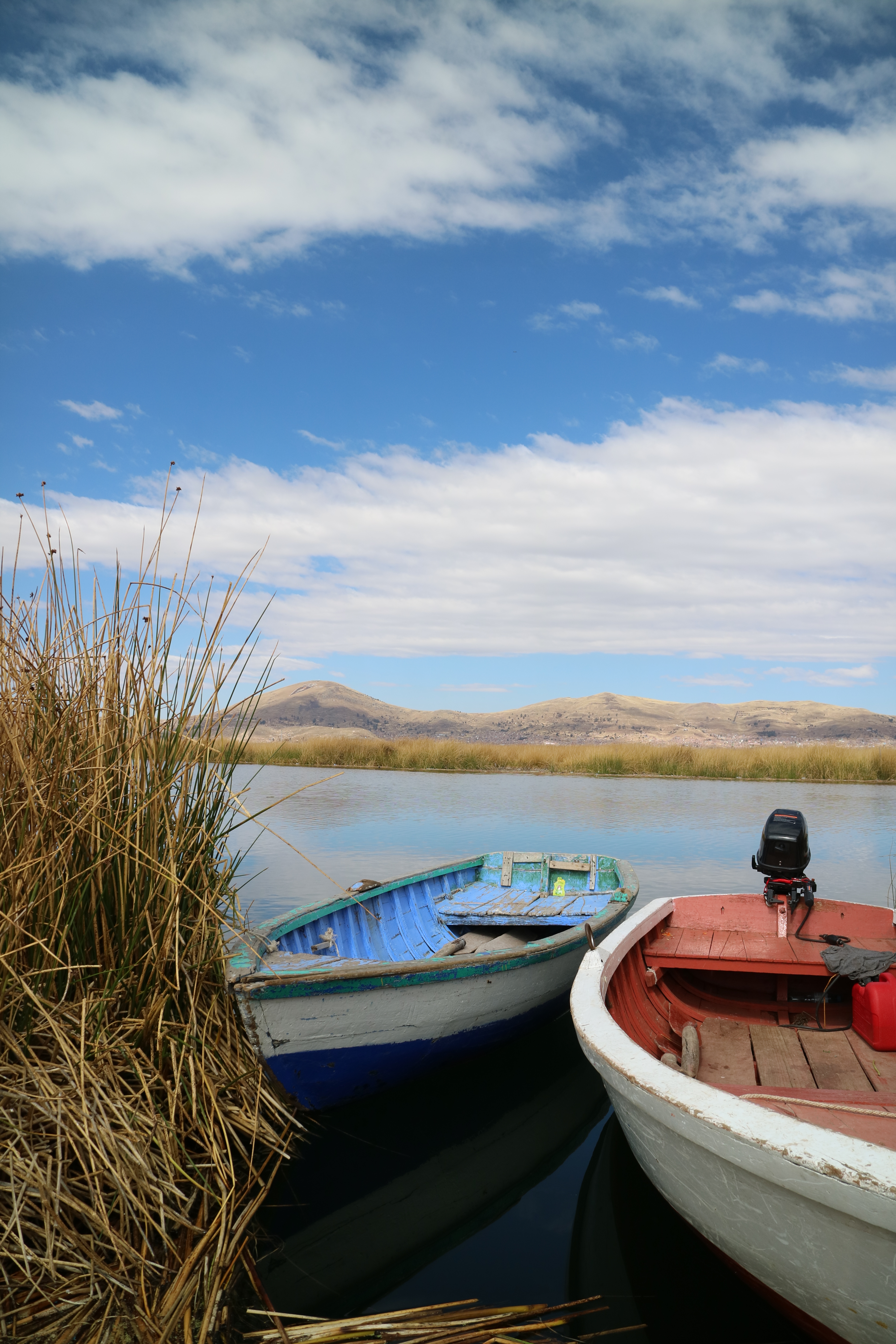
I am personally a research fanatic before I go anywhere, so I came prepared. I went to the doctor a few weeks before leaving the US and requested Diamox/altitude sickness medication and started taking it a day prior to arriving. I drank beet juice and ate beets with every meal for three days. Friends and family looked at me like I was enacting some sort of witchcraft.
Immediately upon arriving to my guesthouse, I literally walked up one half a flight of stairs huffing and puffing like I’d just run a marathon. Needless to say, I slept a good five hours of my first day away to ensure what little time I had there wasn’t tainted by illness. There’s no way to say whether the pills or beets made a difference, but I woke up feeling fine nonetheless and I like to think it was due in large part to my preparedness. All of my previous imaginations of a hurried trip to a Peruvian hospital due to a frantic inability to breathe were, thankfully, left unrealized. Some friends that met me in Puno, immediately began sightseeing and running around the city didn’t feel quite as spry as I for the remainder of the stay.
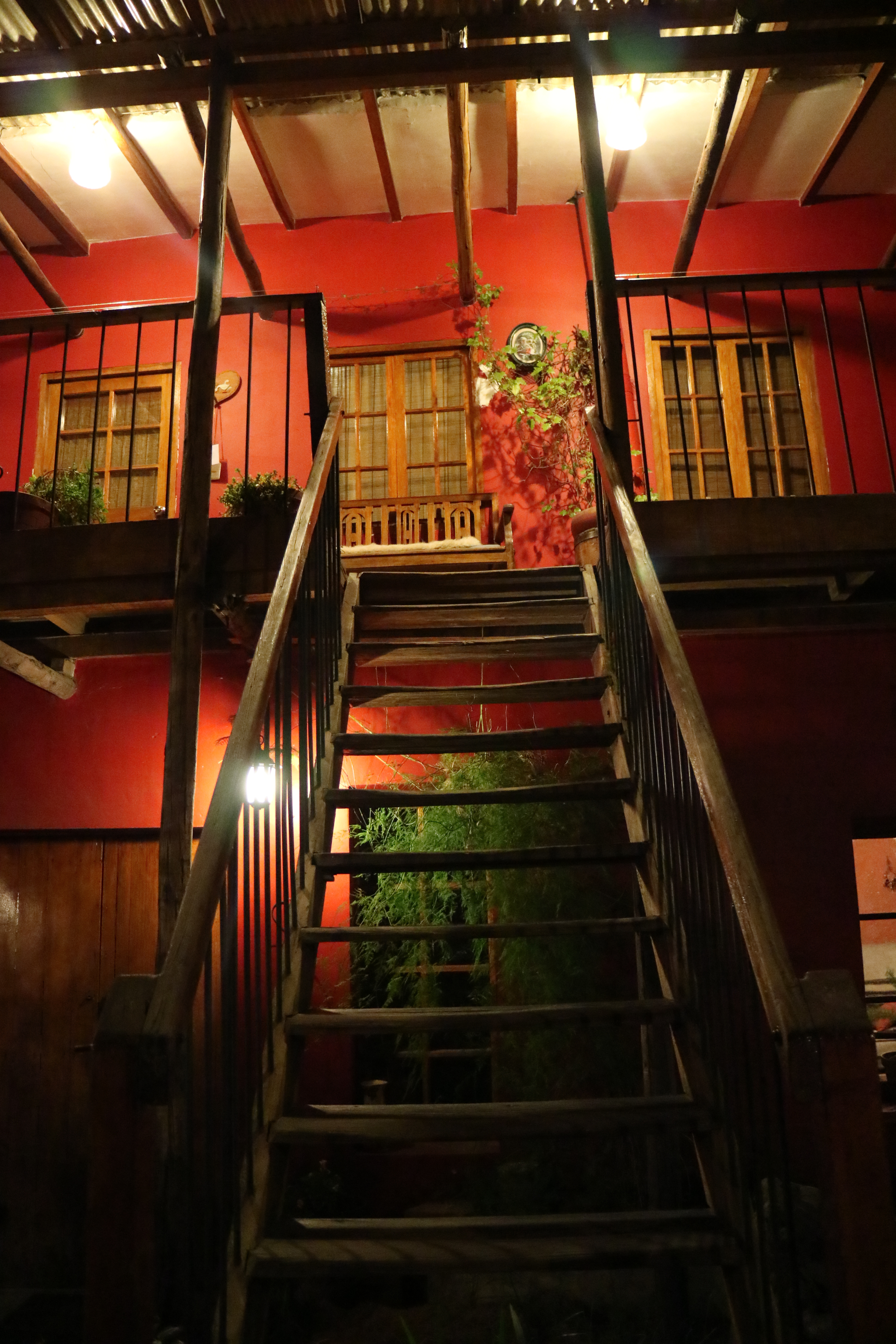
Being a travel consultant, you’d also think I’d have sense enough to plan my itinerary the other way around. The logical order of things would be Lima-Iquitos-Cusco-Puno as opposed to my organization of Puno-Cusco-Lima-Iquitos. Going gradually up in elevations gives your body time to adjust. The only positive to my itinerary was that by the time I reached Cusco to go on my 4 day Inca Trail hike, I was actually relieved to be there and give my lungs a “rest”, whereas all of the other travelers spent their first day or two struggling with the altitude—I was ready to take on that mountain!
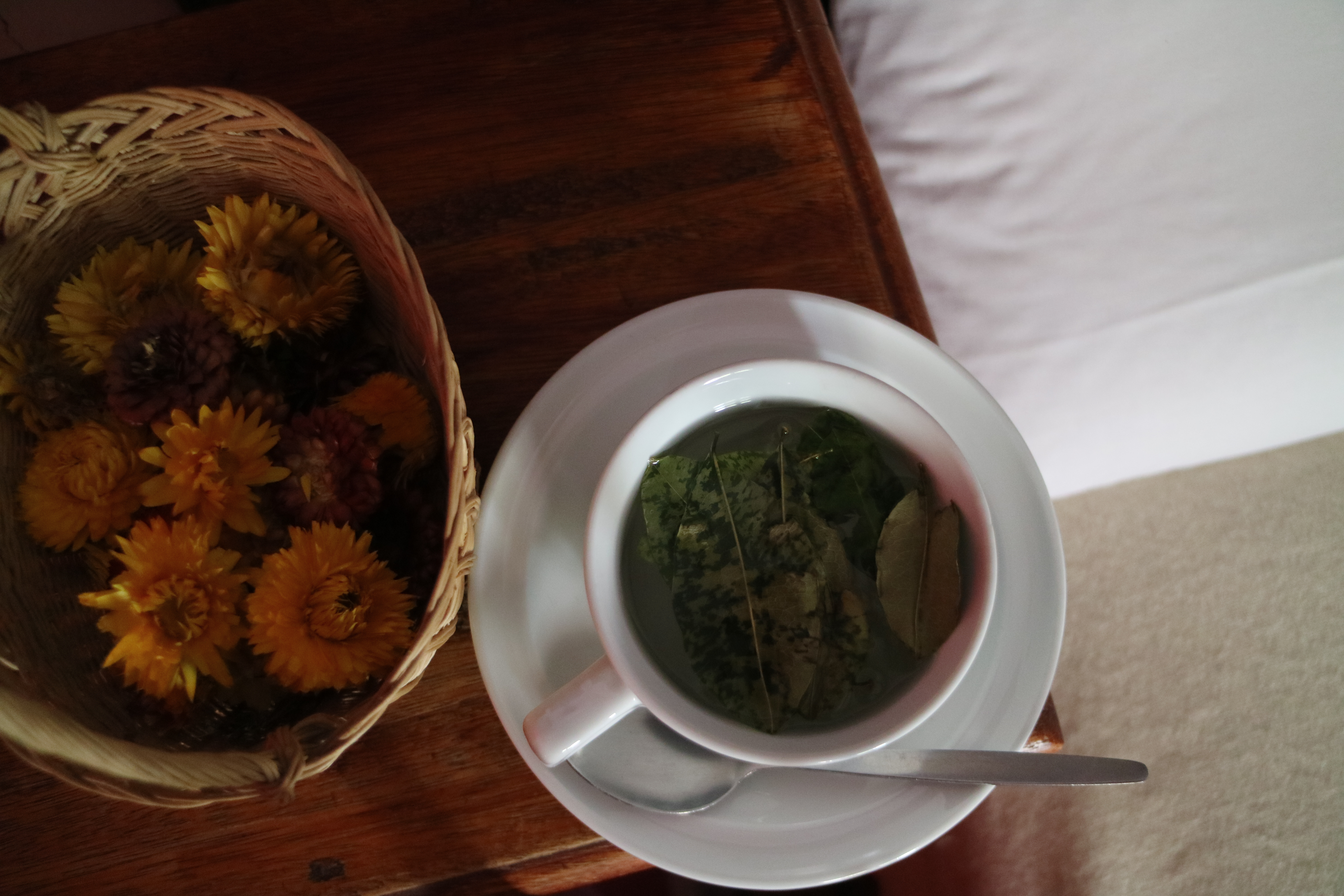
So back to Puno—on arrival, my gracious hosts at Casa Panq’arani offered me a “medicinal” cup of coca tea and left me be to rest. The guesthouse was homely and, in my opinion, perfectly embodied the feel and character of the Peruvian Highlands. The accommodations were modest and the blankets were heavy to account for the cold that creeps up on the city in the evenings. The hosts offer a nice little breakfast in the morning and even arranged airport transportation and a tour to the islands, which leads me to my next point…
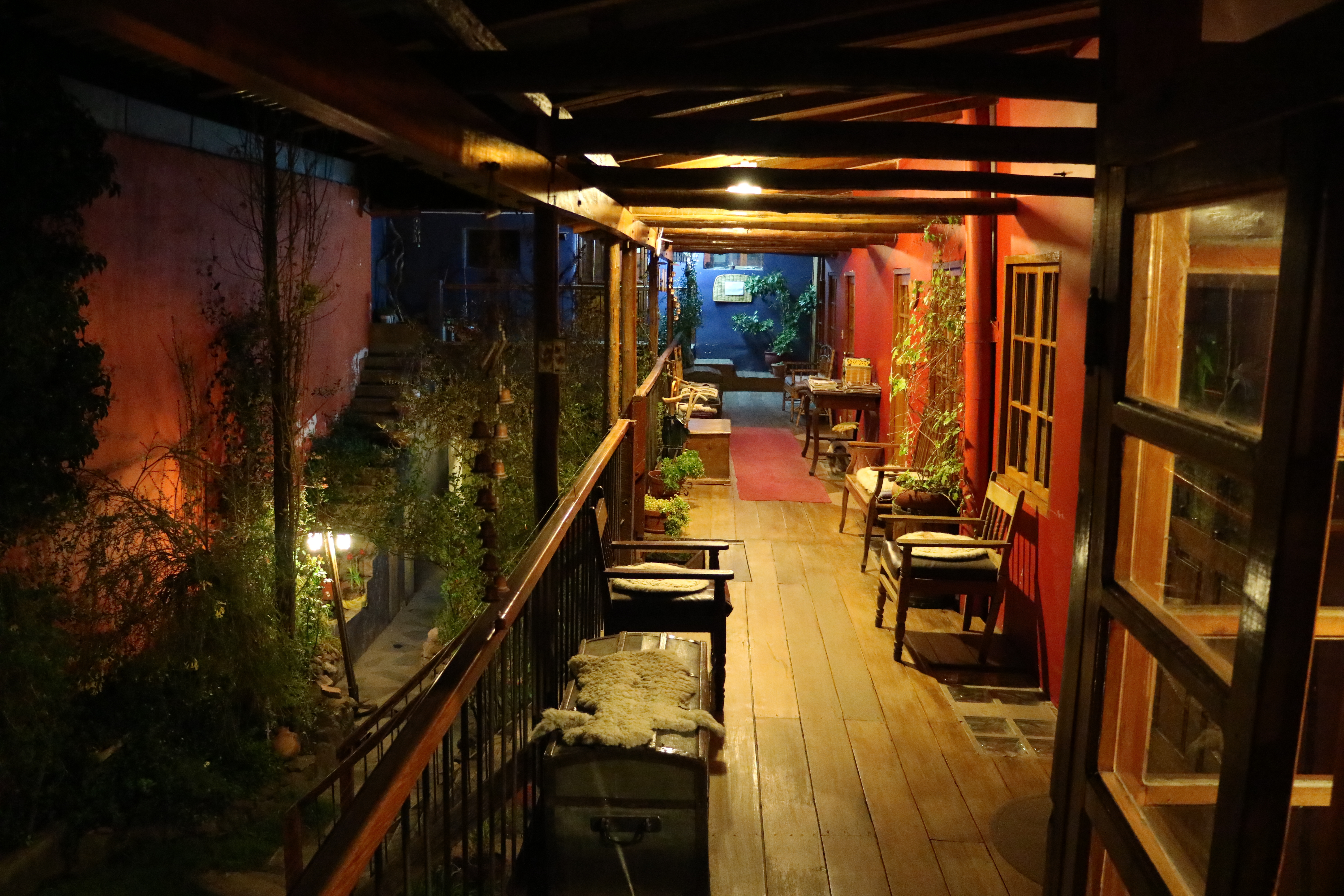
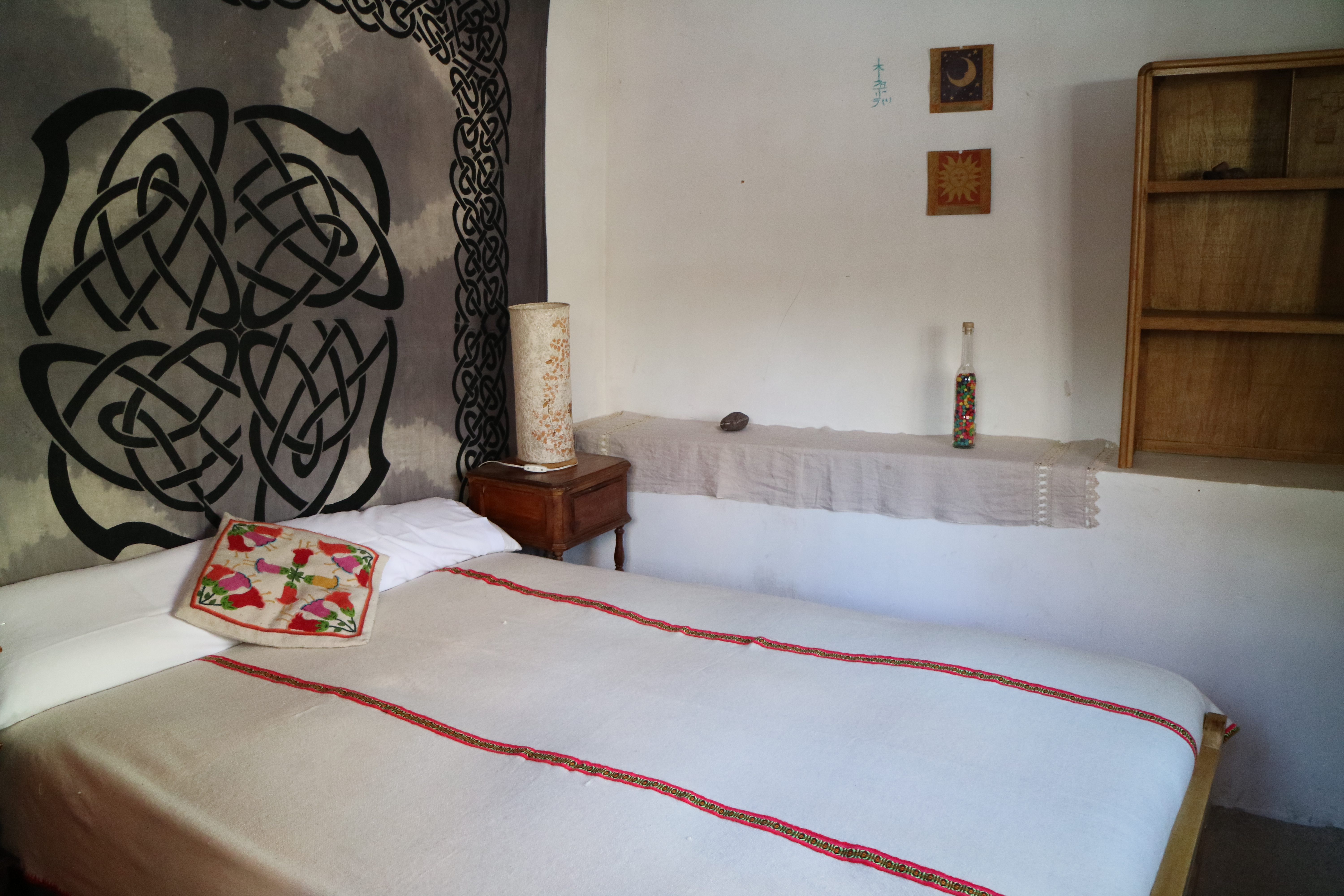
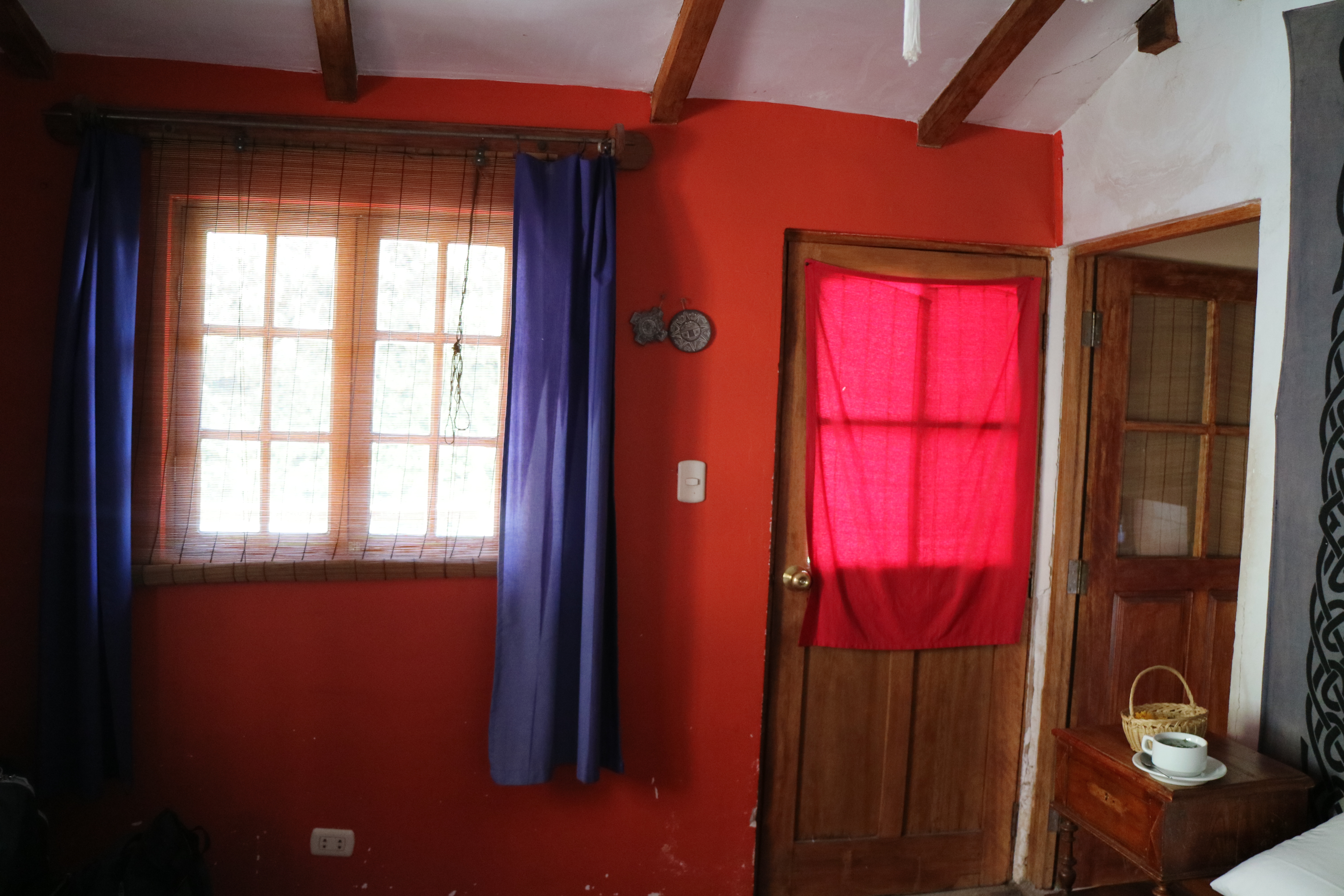
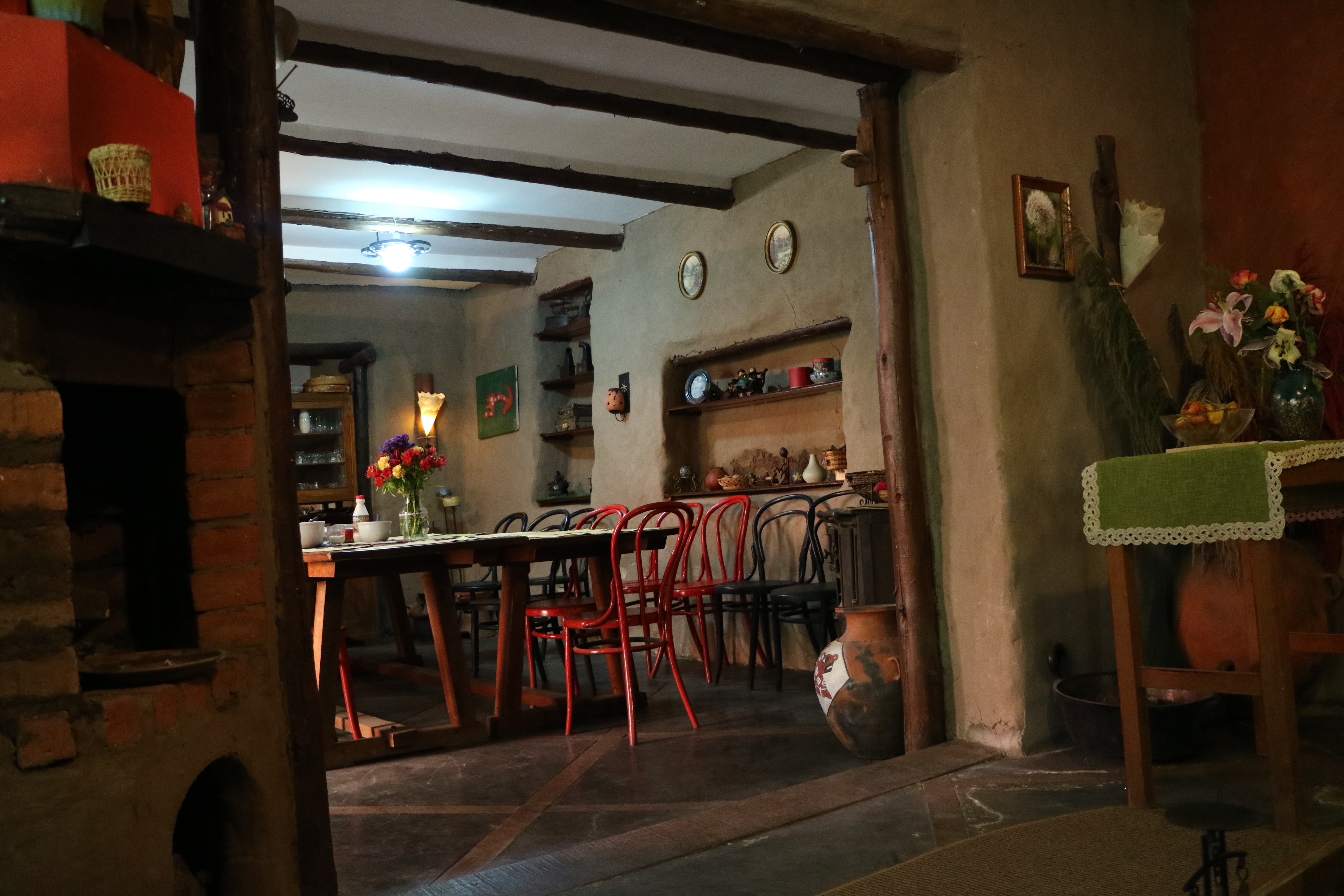
I don’t feel like there is any reason to pre-book your tour of the Uros Islands or Taquile. I guess I should give you some background on what the draw is here for those who don’t know…
The islands are a cluster of islands constructed by the Uru people when they were fleeing attacks from the Bolivian people. Thesislands are completely manmade of reeds and are floating atop Lake Titicaca. Every so often, the people need to put a new layer of reeds on top when the island sinks a bit. The environment is harsh—the only fish that can survive in the lake are small catfish called “trichomycterus”.
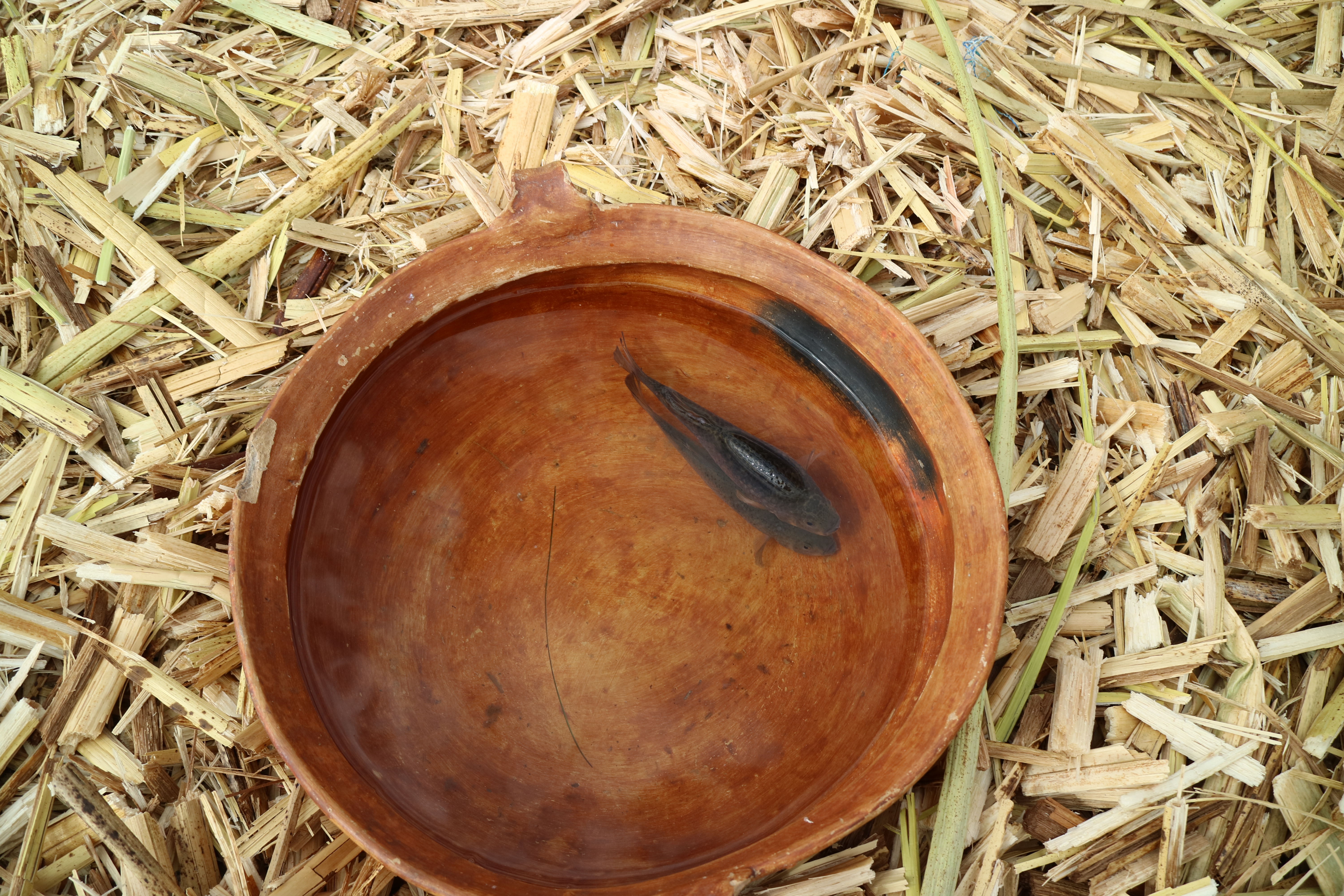
It doesn’t seem that there is really any limit to the number of boats or tourists that go out to the lakes, which could be somewhat unfortunate seeing as the islands are slowly becoming more dependent on tourism and less of a way of life for the local people. I’ve even heard stories that some of the people that facilitate the tours there no longer actually live on the islands but just go there for the day to make a few bucks.
My point here is that your hotel or accommodation can easily set you up on a trip there all the way up to the day before you want to go and it will be much cheaper than pre-arranging it prior to leaving the States. If worse comes to worse, you can evensimply get a taxi to the marina area and jump on a tour there at the last minute. Some of the higher quality tours will take you to the islands that are less-visited and I would recommend going all the way out to Taquile too, which isn’t a floating island but is about an hour or so boat ride and gives you a chance to scan some of the other scenery along the way. The island is gorgeous, with a nice short yet challenging hike and it also holds a lot of history in itself.
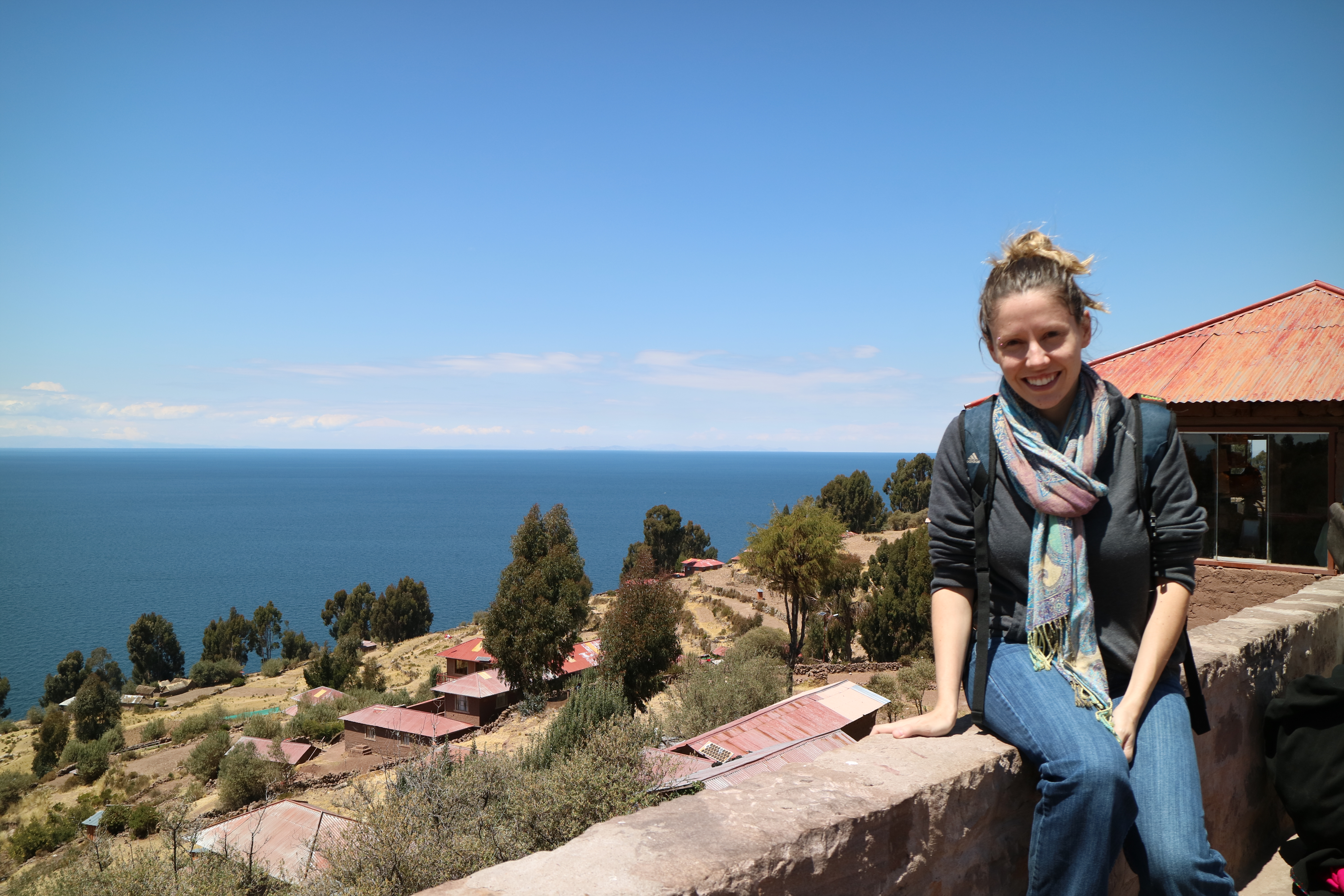
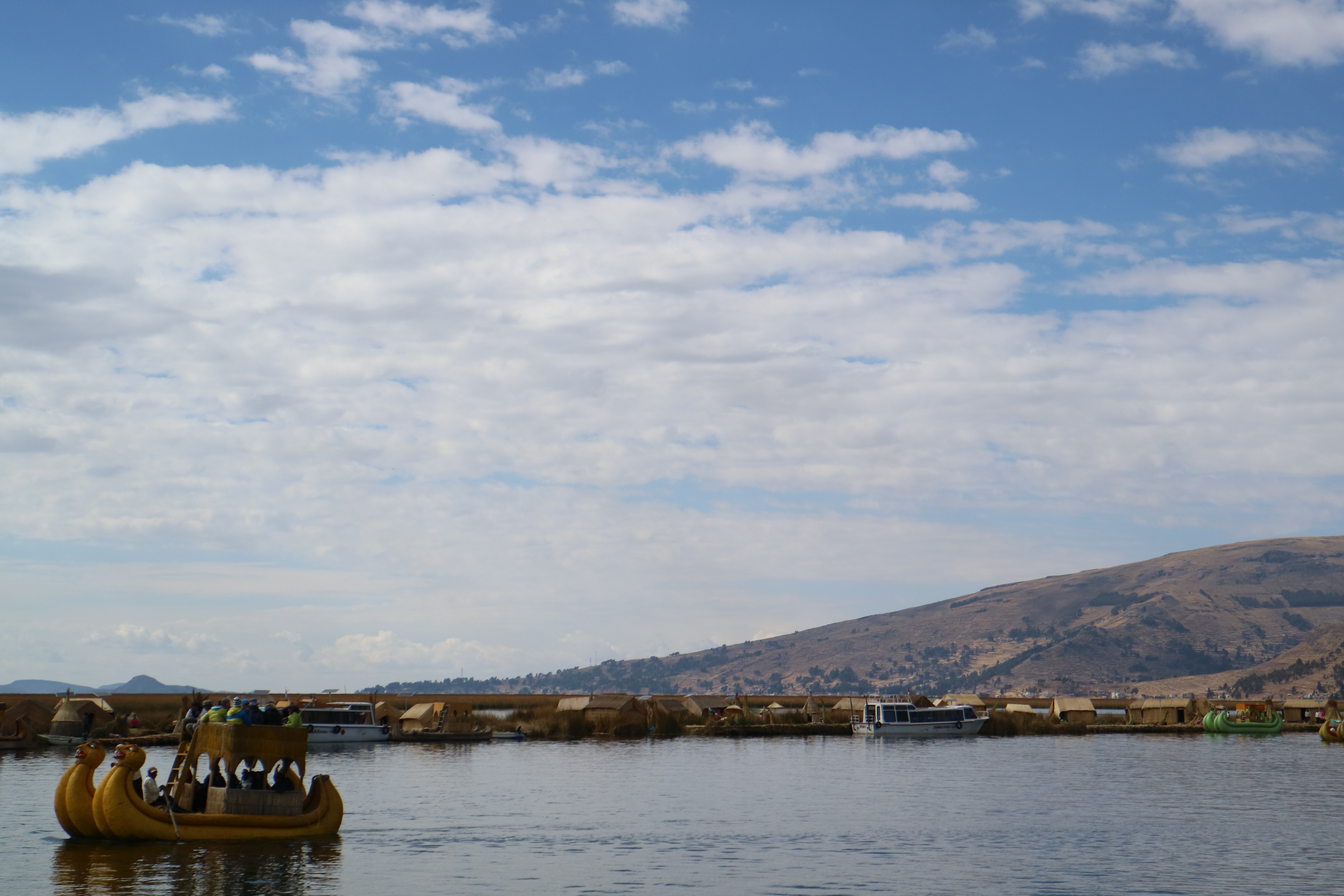
To make a long story short—don’t skip out on Puno or the floating islands. Puno is a much smaller city than both Cusco and Lima and gives you a whole different perspective in the country. It doesn’t feel like Cusco, Puno, Lima, and Iquitos could all even be parts of the same country—they’re all so vastly different. The highlands are such a rich and original part of Peruvian culture that they honestly can’t be missed if you want to get a full view of the people , their ways of life, and even where many of the other people and cultures all around the country have their roots.
Happy Travels,
CAITLYN WITHOUT A COMPASS



Leave a Reply